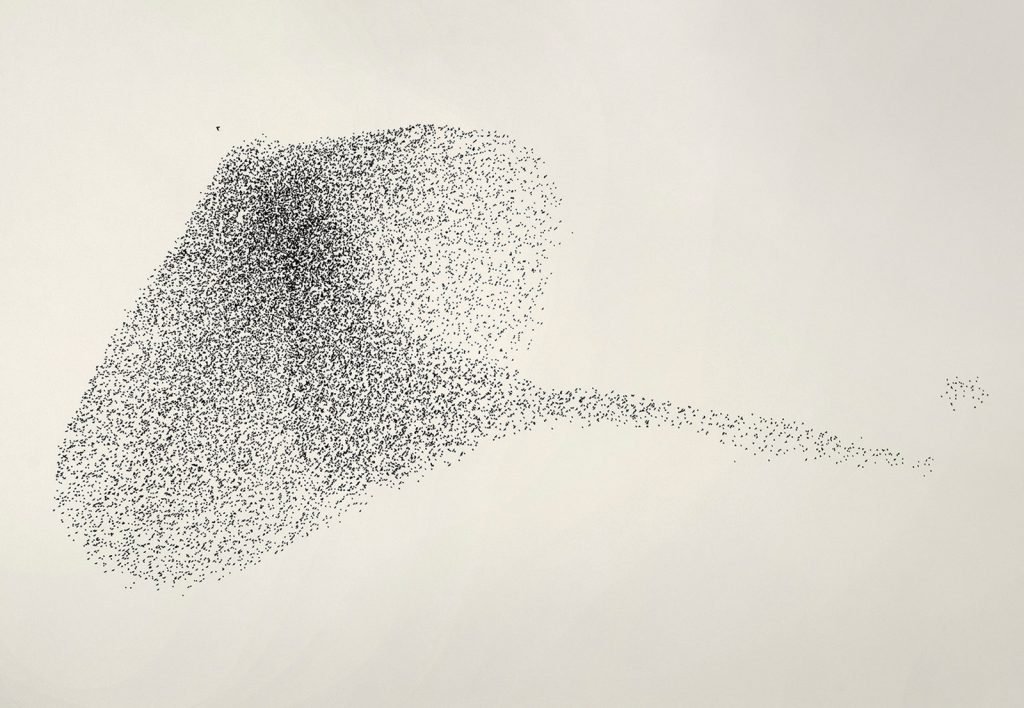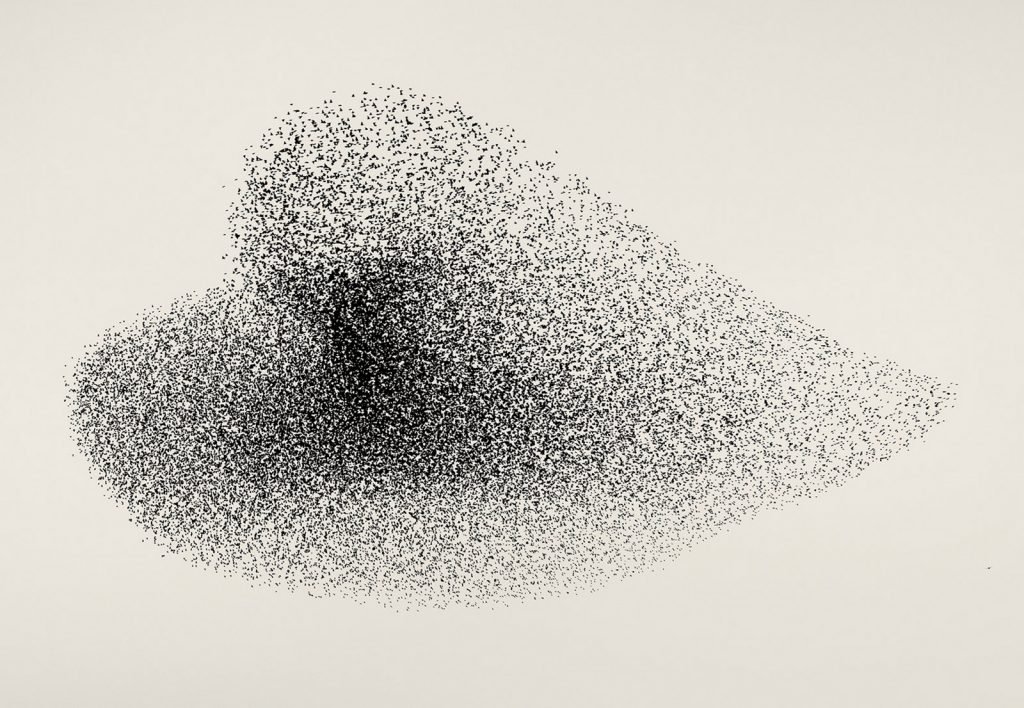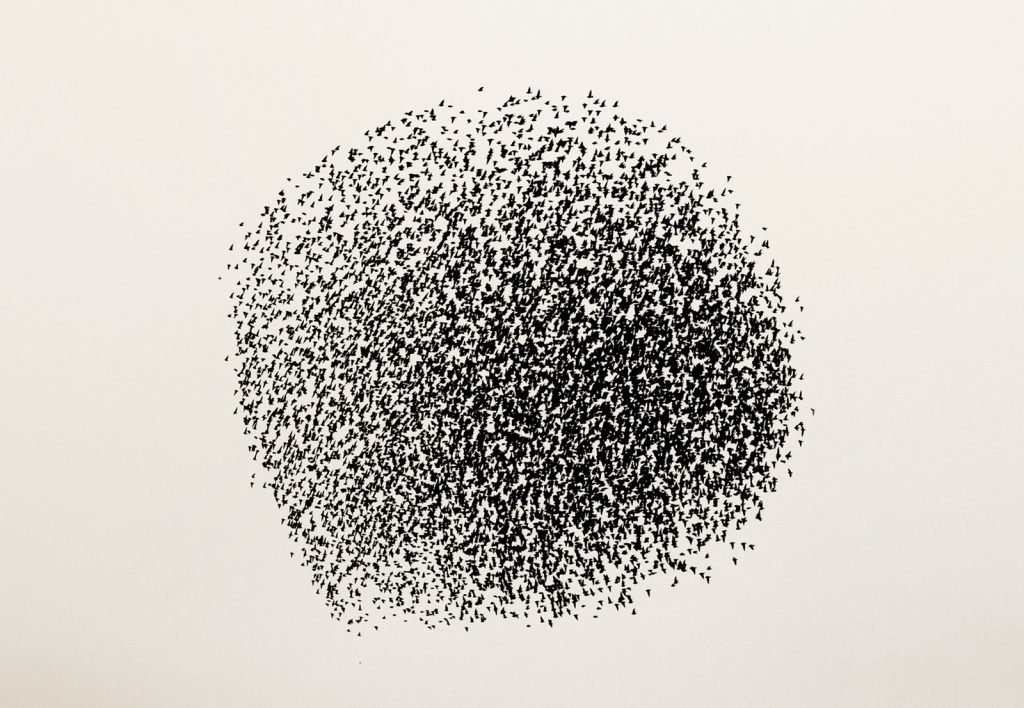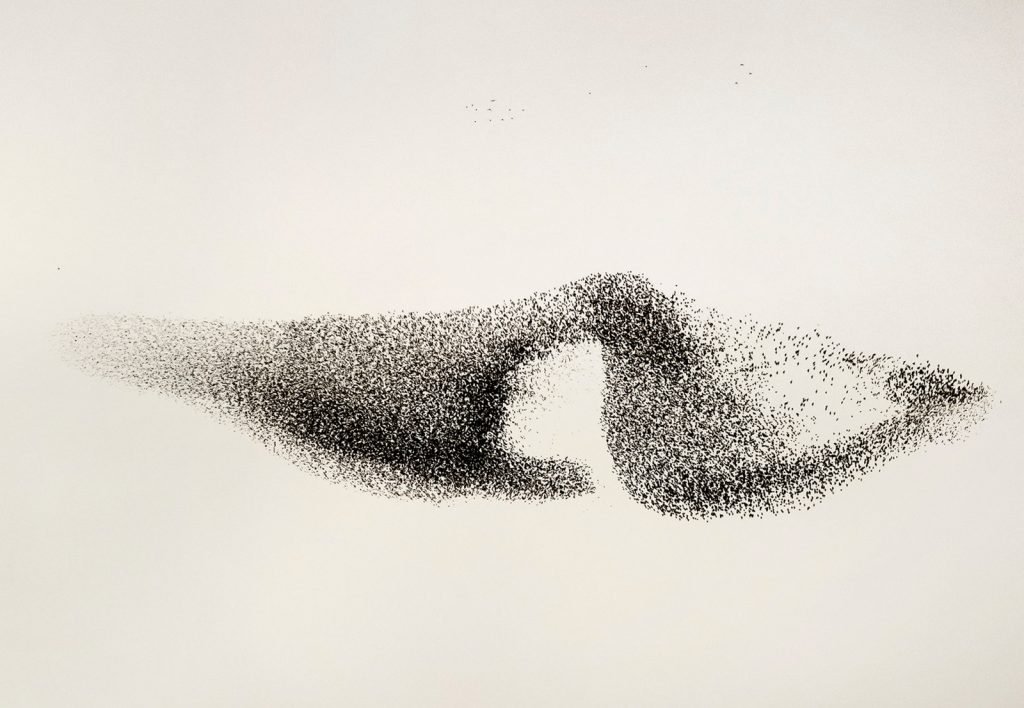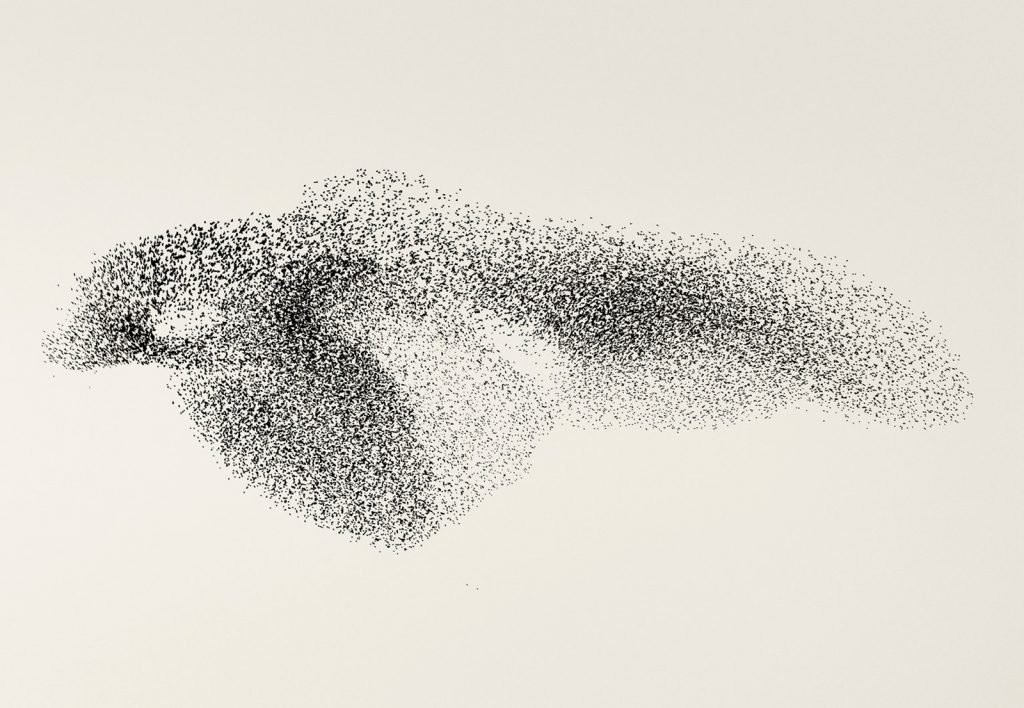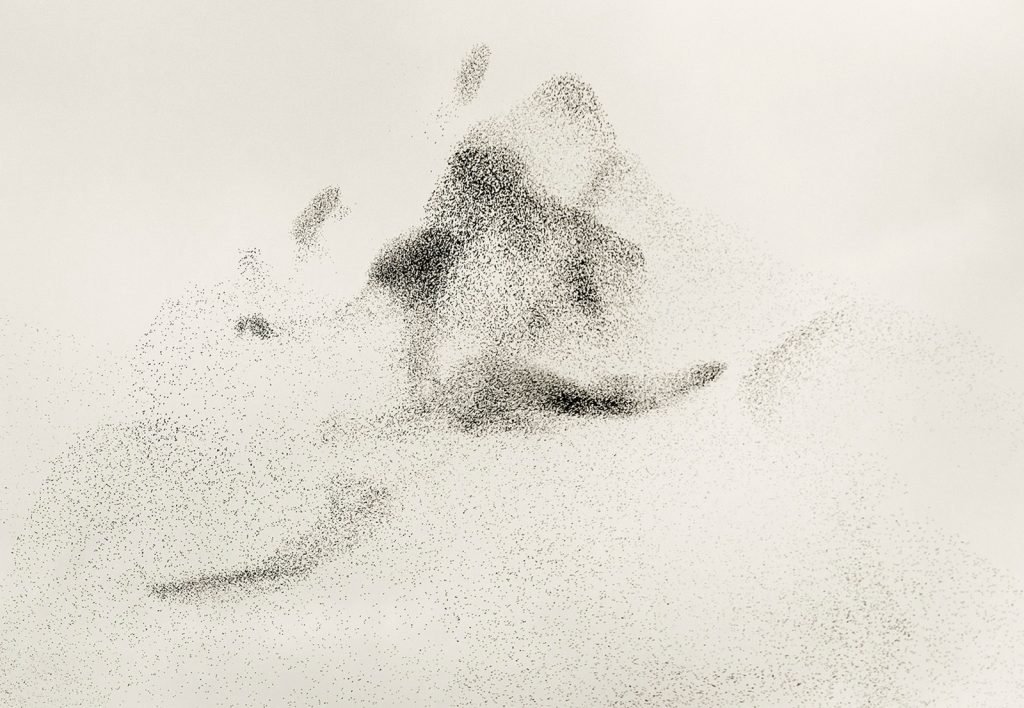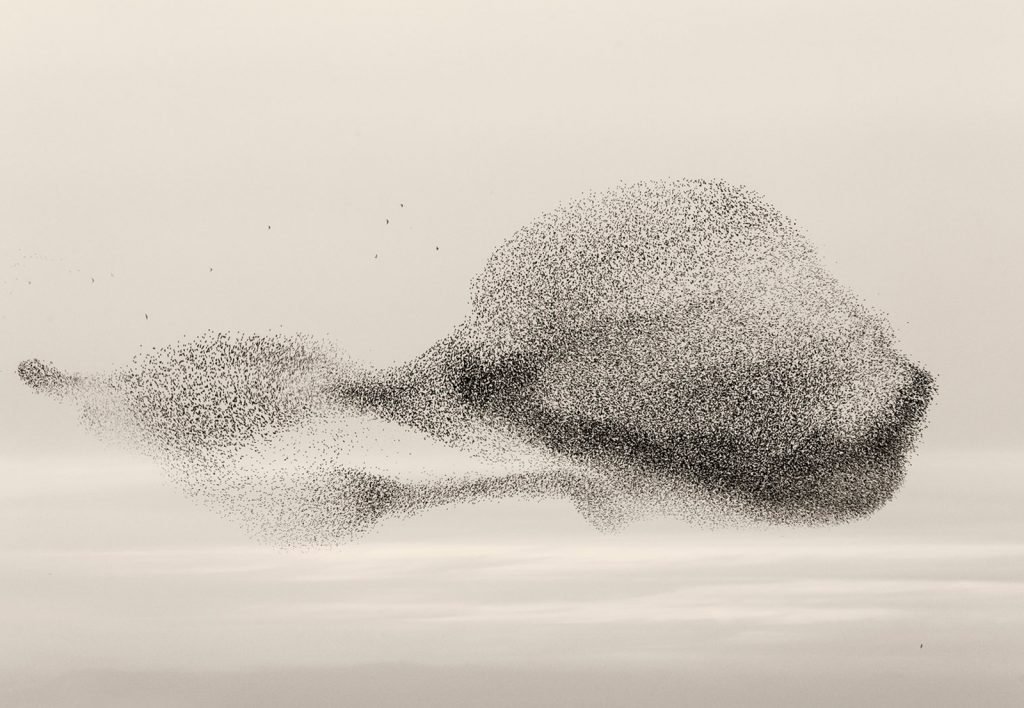Søren Solkær is a Danish photographer, born in 1969. He has been working with a global profile since 1996.
Søren is best known for his distinctive portraits of musicians. He is most recognised as the man responsible for various iconic images of Björk, The White Stripes, Franz Ferdinand, David Lynch, The Arctic Monkeys, R.E.M. and U2.
Søren’s photography is characterised by finding a tension point between intimacy and edginess. His portraits are often regarded as cinematic in tone with a distinctive colour palette. The inspirations for his style as a photographer is ranging from filmmakers David Lynch and Wong Kar-Wai through to the works of photographer Philip-Lorca diCorcia and painter Caspar David Friedrich.
Elena Rebecca Rivolta: Looking at your conspicuous body of work, the Black Sun series – which we’re going to talk about in this interview – emerges in its difference: it seems to have originated from a different driving force. How was the project born?
Søren Solkær: The project was born out of a childhood memory. When I was little my parents took me to the marshlands on the Danish west coast to see the starlings dance in the autumn. This left a lasting impression on me, an inner visual imprint, that I decided to rediscover 40 years later.
ERR: For this work, you have chosen a title with a rather significant meaning, as it recalls an alchemical-hermetic symbolism that has been interpreted and adapted in different ways throughout history. Would you like to tell us more about this, certainly well-considered, choice?
SS: Actually Black Sun is a straight translation of the Danish “Sort Sol” that is the word for a starling murmuration. It derives from the sensation when huge flocks of starlings cover the sky and thus block out all sunlight.
ERR: Compared to the portraits, for which you are most famous, with this project you had to relate to a different otherness. As you stated on various occasions: “a portrait is always a collaboration”; how would you describe your position as a photographer in relation to the subject of Black Sun?
SS: This project is certainly very different from anything I have done before. It is a much more humbling process than doing portraits where you are more empowered, in that you can prepare and be in control of a lot of the aspects: like lighting, location and pose. When that is said both types of photographic genres require tuning into your subject and having a high degree of presence. In my portraits most of the work is created during the photo session itself. In the Black Sun project patience and perseverance are very important factors whilst always remaining focused and ready when the magic moments reveal themselves. A lot of the work is done in the selection process, where tens of thousands of images are distilled down to the few that speak to me.
ERR: Going on about Black Sun, is there any author or text that influenced your research or supported your reflection that you would like to share with us?
SS: Soon after I had started the project I read an old poem from 1799 by Samuel Taylor Coleridge. It blew my mind how eternal the human fascination for this natural phenomenon is. He witnessed the same thing as me 220 years earlier and his mind went wondering and captured what he saw in words. Words that painted a vivid painting. It filled me with a sense of wonder:
Starlings on a vast flight drove along like smoke, mist, or any thing misty without volition – now a circular area inclined in an Arc – now a Globe – now from complete Orb into an Elipse & Oblong – now a balloon with the car suspended, now a concaved Semicircle – & still it expands & condenses, some moments glimmering & shivering, dim & shadowy, now thickening, deepening and blackening!
Samuel taylor Coleridge, 1799
From an aesthetic point of view I have been very inspired by romantic landscape paintings and Japanese calligraphy and wood cuts.
ERR: We’ve seen Black Sun published by Plethora magazine in 2018 and it will be presented also by Gingko Press this year. What can we expect from this further editorial outcome?
SS: A book came out in November: (https://sorensolkaer.com/shop/black-sun) There is both a cloth bound hard cover version printed on 4 types of paper and a smaller paperback version (https://sorensolkaer.com/publications/black-sun-paperback).
Both are published by Edition Circle. The first edition (4000 books) sold out in six weeks and it is now being reprinted with a second edition ready by early February.
ERR: Faced with this type of fascinating natural phenomena, the human gaze remains captured as in a hypnotic state, from which it is not easy to divert attention. It is no coincidence, I suppose, that you started this project in 2017 and it is still ongoing: do you think it will ever reach a final state?
SS: All of my book projects have taken many years to complete. But with this one I will continue even after the book is done – as you predict. I am still as fascinated as when I started.
ERR: Black Sun has already been exhibited in galleries in LA, Kyoto and Copenhagen. Are you planning any new exhibitions?
SS: I opened a museum show at HEART (https://www.heartmus.dk/) in Denmark on February 6th. I plan an exhibition at Nanda Hobbs Contemporary in Sydney later this year in Sydney.
ERR: As said in the beginning, this project seems to have inaugurated a new, different, path in your research. Where do you think this turning point will lead you in the future, do you believe it will influence your next productions?
SS: I have gotten more interested in rhytms and patterns in nature. I may want to explore flock behaviour in other animals. Admiral butterflies, fireflies, bats. I will definitely be working much more in nature.
